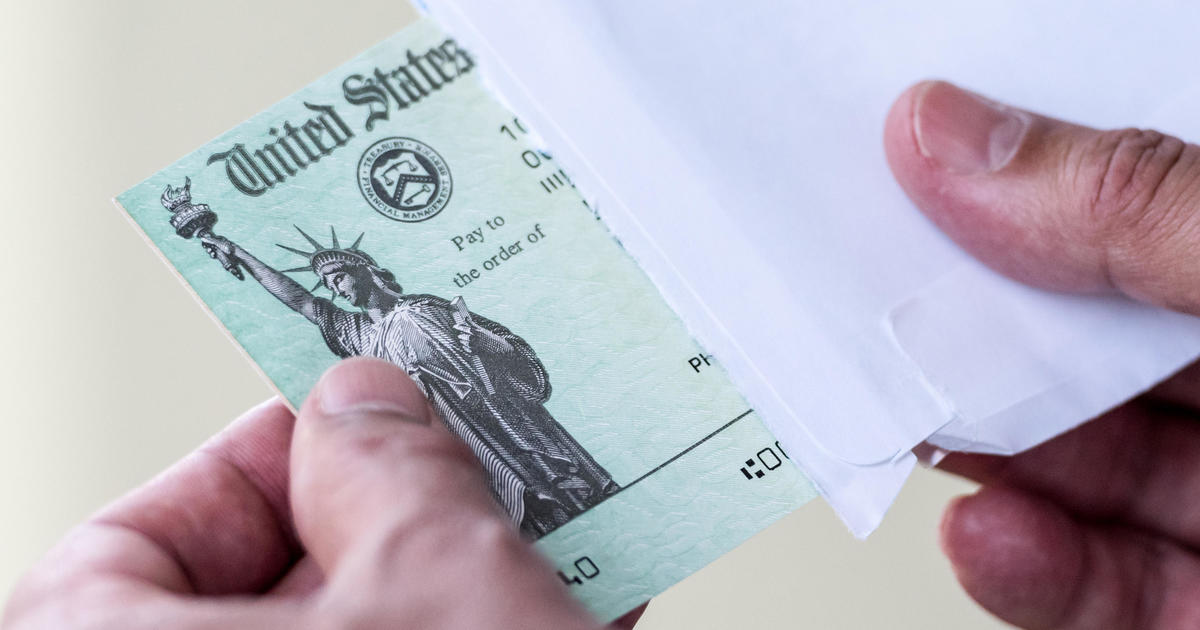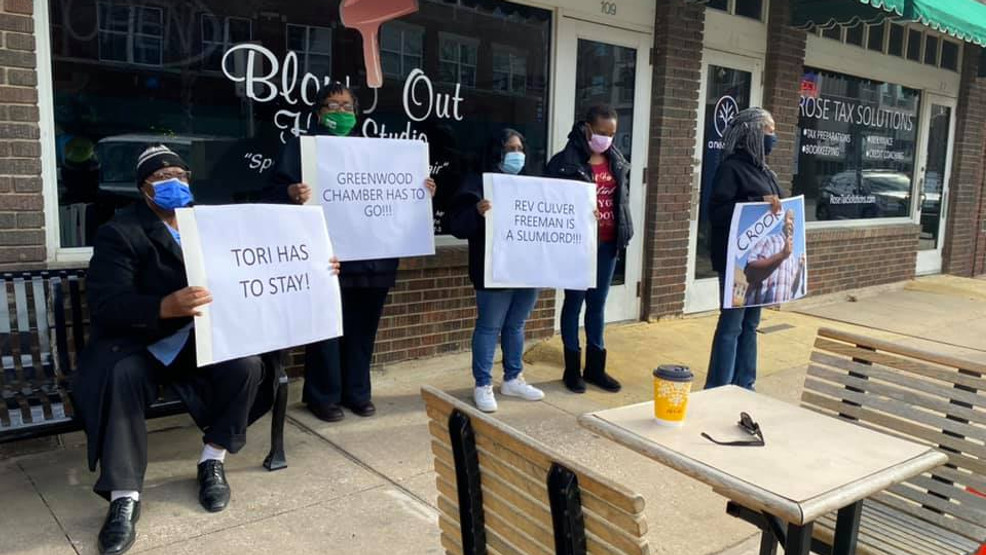
By AIMEE PICCHI
A second round of stimulus checks may soon land in the bank accounts of millions of Americans after President Donald Trump signed a $900 billion economic relief package on Sunday night. Yet in signing the bill, Mr. Trump once again called for its $600 stimulus checks to be boosted to $2,000 per person.
Now that the House has voted to increase the amount of the relief checks to $2,000 per adult and $600 for children. The Senate should also “start the process for a vote that increases checks to $2,000,” Mr. Trump said on Sunday.
The president’s last-minute call for bigger stimulus checks had placed the relief package in jeopardy, given that Mr. Trump had signaled he wouldn’t sign the bill without $2,000 directed to each eligible adult. But now that the president has signed the bill — which still directs the federal government to send out $600 in individual stimulus payments — it raises questions about whether Americans could nevertheless see a higher amount deposited to their bank accounts.
To be sure, millions of Americans could use bigger checks. Almost 6 in 10 consumers said they have suffered a financial setback due to the pandemic as of the end of November, according to a recent study from TransUnion, which also found that 40% of those households had been banking on the prospect of another stimulus check to help them pay their bills.
At this point, it’s most likely that people will still receive $600 checks, according to Wall Street analysts.
That’s because Congress would need to pass a separate bill to increase the stimulus checks — and it’s unlikely that enough Republican lawmakers would vote in favor of higher payments, according to Hunter Hammond of Heights Securities in a December 28 research note.
Even so, he said the odds of passing the $2,000 checks have increased — but still remain slim: “In total, we assign 30% odds (up from 10%) that a bill increasing direct payments to $2,000 will be signed into law this week,” Hammond wrote.
It would mark the second time lawmakers have sought to boost the checks to $2,000 per person, following a December 24 vote in the House during a pro forma session. The effort was blocked by House Republicans.
Another $385 billion needed
House Speaker Nancy Pelosi on Sunday urged Republicans to support the bigger checks. Republicans have pushed back against bigger checks because of their cost, which would amount to an estimated $530 billion, or about $385 billion more than what Congress approved with the $600 checks, according to Heights Securities.
“The President must immediately call on Congressional Republicans to end their obstruction and to join him and Democrats in support of our stand-alone legislation to increase direct payment checks to $2,000, which will be brought to the Floor tomorrow,” Pelosi tweeted.
The $600 checks directed by the relief bill would represent half of the $1,200 directed toward most adults in the first round of stimulus checks. Critics had said the aid would be helpful, but not enough to tide over families who have suffered income or job losses since the coronavirus pandemic shuttered the economy in March and caused unemployment to spike.
What about timing of the checks?
Before Mr. Trump’s pushback, Treasury Secretary Steven Mnuchin had predicted on December 21 that some Americans could start receiving the funds as soon as the week of December 28.
Despite the delay in signing the bill, the Treasury Department is working on getting the checks deposited into people’s accounts this week, although the timing could change, according to the Washington Post.
The IRS will rely on the same banking information provided by tax returns and through the agency’s “Get My Payment” portal, which allowed people to enter their banking information. The IRS site says its “Get My Payment” portal isn’t currently open, but that it “continues to monitor and prepare for new legislation related to Economic Impact Payments,” which is the term the IRS uses for stimulus checks.
What about the $600 checks?
The checks would represent half of the amount directed to most U.S. households in the spring, when the Coronavirus Aid, Relief and Economic Security Act (or CARES Act) authorized $1,200 checks for eligible adults.
However, under the bill passed by Congress this month, one group of people would receive more money in the second round of stimulus checks than the first: dependent children, who would receive the same $600 checks as adults, up from the $500 checks that children received through the CARES Act in the spring.
Single people earning up to $75,000 would receive $600, while married couples earning up to $150,000 would receive $1,200.
The second round of checks would have the same type of income phaseouts as in the CARES Act, with the stimulus check payments reduced for earnings above $75,000 per single person or $150,000 per married couple.
The amount of payment individuals receive would be reduced by $5 for every $100 of income earned above those thresholds, according to the House Appropriations committee. That’s similar to the CARES Act, but fewer higher-earning taxpayers would qualify for the checks under this formula when compared with the earlier bill.
The second stimulus checks would be phased out entirely for single people earning over $87,000 or married couples earning more than $174,000 — compared with the CARES Act’s phaseout for single people earning over $99,000 and for couples earning over $198,000.
To check on how much you might receive, you can go to Omni Calculator’s second stimulus calculator for an estimate.
$600 for each “dependent” child
Aside from the smaller stimulus checks for adults, the other major change under the bill passed by Congress is the amount provided for dependent children: $600 for each child, up from $500 in the CARES Act.
However, the bill states says the $600 would be directed toward each dependent child under age 17, which means that adults who are nevertheless claimed as dependents — such as college students and older high school students — wouldn’t qualify for the checks.
Adult dependents, such as seniors who are claimed as dependents on their adult children’s tax returns, also wouldn’t qualify for the checks. Excluding college students and other adult dependents was a matter of debate with the first round of checks, with some families arguing that older dependents should also qualify for the payments.
A family of two parents with two child dependents could receive up to $2,400 under the provision, lawmakers said.
“Mixed-status” households
Couples who include an immigrant without a Green Card would also qualify for the checks, a provision that is retroactive to the CARES Act, the summary said.
This is important to many families because the first round of stimulus checks only went to American citizens or immigrants with resident alien status, also known as a Green Card. Legal immigrants without a Green Card, as well as undocumented immigrants, were excluded — and American citizens married to immigrants without a Green Card were also excluded, as well as their children, even if the young dependents are citizens.
Denying checks to U.S. citizens due to their spousal or parental relationship to an immigrant prompted lawsuits earlier this year over what plaintiffs claimed was an unconstitutional action.
How about Social Security recipients?
One glitch in the first stimulus payments was a slower rollout for Social Security recipients, as well as Supplemental Security Income recipients, Railroad Retirement Board beneficiaries and Veterans Administration beneficiaries. Because some of those recipients don’t file tax returns — which the IRS relied on for distributing the earliest stimulus payments — millions of them waited weeks or months to get their checks.
But the new bill would ensure that those recipients would receive the $600 checks automatically, according to Senator Maggie Hassan of New Hampshire, who worked on a bipartisan stimulus bill that became the framework for the latest negotiations.
“I am particularly glad that the final text of the relief package includes my bipartisan bill to ensure that recipients of Social Security, Supplemental Security Income and certain VA benefits will receive these payments automatically,” Hassan said in an email to CBS MoneyWatch.
That means that millions of Social Security, SSI, VA and Railroad Retirement benefits wouldn’t risk missing out on receiving the payments, she added.










